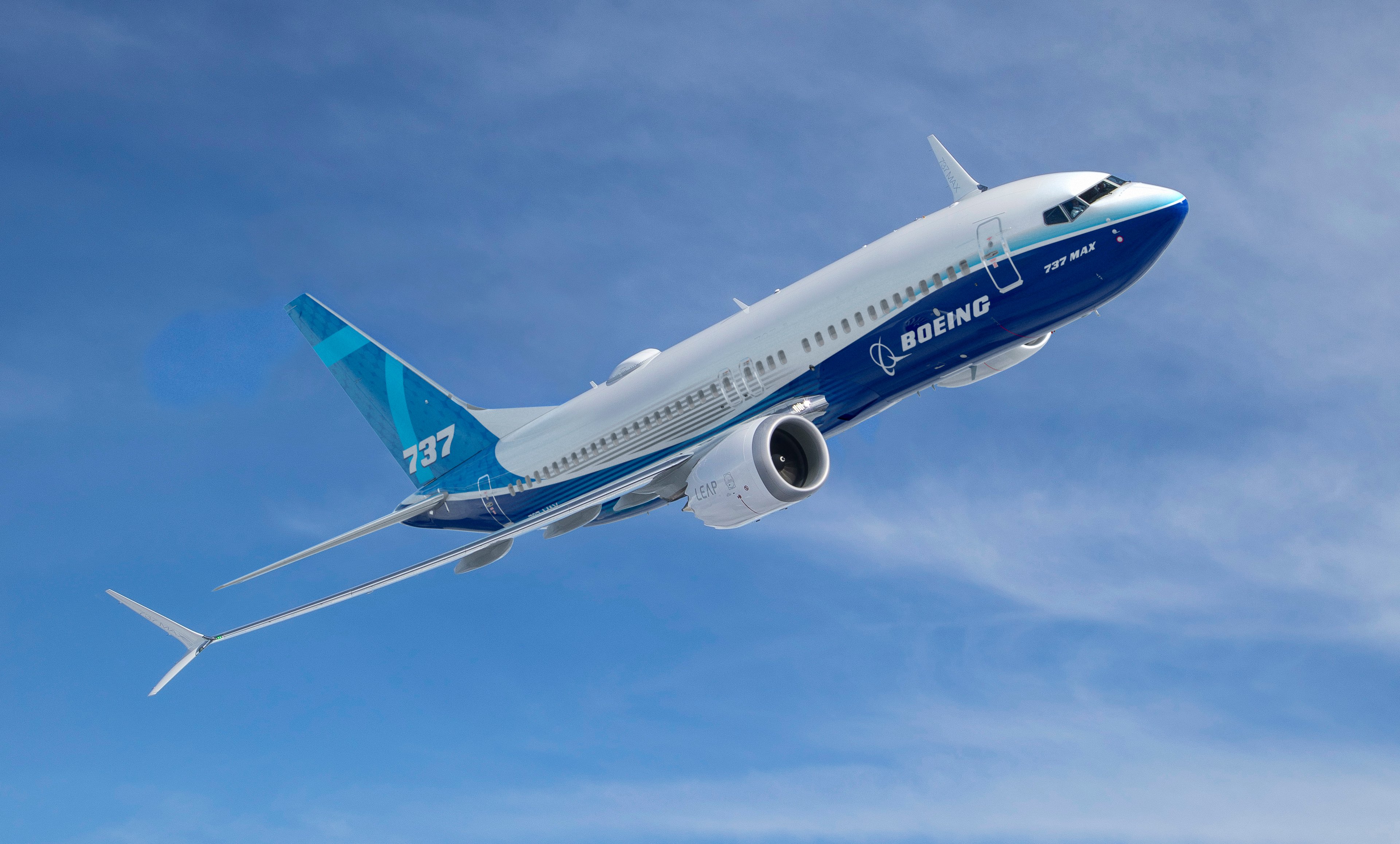The aerospace industry has been one of the strongest-growing sectors of the economy in recent years, and Boeing (BA 0.13%) has taken full advantage of the high demand from airlines and other aircraft purchasers. Not only have investors benefited from dividend growth that has sent Boeing's yield to 3.4%, but they've also enjoyed strong share-price performance.
Yet one thing that Boeing hasn't done for nearly two decades is to give investors a stock split, and some shareholders are confused about why the aerospace giant has changed its practice in denying them the vote of confidence they want to see. Let's take a look at Boeing's past stock splits to figure out whether investors should expect a split in the near future.
Boeing stock split history
|
Date of Split |
Split Ratio |
|---|---|
|
May 9, 1952 |
3 for 2 |
|
May 7, 1954 |
2 for 1 |
|
July 13, 1956 |
2 for 1 |
|
May 3, 1966 |
2 for 1 |
|
Aug. 11, 1977 |
2 for 1 |
|
March 12, 1979 |
3 for 2 |
|
March 14, 1980 |
3 for 2 |
|
May 10, 1985 |
3 for 2 |
|
May 12, 1989 |
3 for 2 |
|
May 18, 1990 |
3 for 2 |
|
May 16, 1997 |
2 for 1 |
Data source: Boeing investor relations.
As you can see, Boeing has a long practice of giving shareholders stock splits throughout its long history. That has matched up well with Boeing's strong long-term returns, which have produced an average annual return of nearly 15% over the past 40 years.

Image source: Getty Images.
When Boeing typically splits its shares
Boeing's stock-split strategy has been somewhat varied over its history, but for the most part, it has involved a greater willingness to split its shares than we've seen recently. In its last stock split almost 20 years ago, Boeing initiated the split process almost immediately after its stock climbed into the triple digits. That was similar to the common practice among most stocks at the time, with the popular perception that a share price of more than $100 limited participation among small investors.
Going back further, Boeing was even quicker to pull the trigger on some occasions. With its 3-for-2 splits in the 1980s and early 1990s, Boeing tended to move in a way that brought the stock price back down toward the $50-per-share mark. Similar practices prevailed in the late 1970s, and the 1977 split took Boeing from less than $60 per share down into the $20s.
Why has Boeing gone nearly 20 years without a split?
With that as context, the current situation for Boeing might seem odd. The stock has remained solidly above $100 since 2013, climbing as high as nearly $160 per share on a couple of occasions. Yet Boeing has shown no signs of implementing a split.
Looking at its history, Boeing hasn't always jumped at every chance to do a stock split. In 1966, Boeing stock climbed almost to $200 per share before the company implemented a 2-for-1 split. So the current situation isn't unprecedented.
Will Boeing split again?
Perhaps more importantly, the pressure among companies throughout the stock market to split their shares has lessened substantially in the nearly 20 years since Boeing last made such a move. The rise of discount brokers and other vehicles for buying small numbers of shares of stock has made share prices less important. Many successful companies have avoided splits, seemingly seeing their high stock price as a direct reflection of their outperformance. In that light, Boeing won't necessarily follow the same rules it used historically to justify any future stock split.
Boeing could potentially do a stock split at any time without surprising investors, but it seems unlikely to do so. Given how long the stock has traded at levels similar to where it is now, Boeing looks like it's waiting for something more extreme before it makes a final decision on whether to end the long drought of stock splits in the future.






